Seed potatoes Yanka Elita, seeds, weight mesh 10kg
$16.2
Seed potatoes Yanka Elita, seeds, weight mesh 10kg
250 in stock
Young potato variety Yanka bred by breeders in Belarus in the Minsk region, has been included in the edition of the “State Register of Breeding Achievements Permitted for Use” in Russia since 2012. Characteristics and features of the variety: – The potato variety is resistant to mechanical damage during harvesting, is well transported, unpretentious in maintenance, tolerates the dry season, temperature extremes, but does not like waterlogged soils. – The appearance of the plant. A bush of medium height, with open light green leaves of medium size, with a slightly wavy edge, well leafy, semi-erect, with moderately spread herbaceous stems. The flowers are white, their number is average, they quickly fall off; – Tuber appearance. Large, weighing 80-100 g, oval, even, the peel is thin, medium-mesh, slightly rough, light yellow, even in color. The pulp is white or creamy. The depth of the ocelli is small, superficial, and the number is small. Smooth, beautiful tubers are ideal for sale; – Productivity is high – 10-12 even tubers grow from one bush, up to 6.5 kg / m². There are few small and low-quality potatoes; – Early maturity. Yanka potatoes – a mid-ripening variety, the growing season is 90-110 days for full ripening; – Appointment. This is a dining variety. Versatile for various types of culinary processing and preparation methods. Moderately soft, but does not crumble. The flavor is intense. It does not darken on the cut and after cooking leaves its original color. Taste may vary when grown in different weather conditions. Suitable for vacuumizing, as a way of storing peeled raw potatoes, without the use of preservatives and freezing; – Starch content. The average amount of starch in the description of the Yanka potato variety is indicated as 12-17%, which allows you to maintain the shape of the potato during cooking, but does not leave it completely tough; – Marketable yield. The number of products per unit area is 195-311 c / ha. Shows high keeping quality, does not germinate for a long time. With continuous planting of its own seed, the characteristic of the variety is preserved. Planting and leaving. With tubers, pre-planting preparation is carried out – vernalization. This technique improves yields by 20-30%. For this, planting potatoes are heated and aired, pickled – disinfected with protective and stimulating agents. Potatoes that have already sprouted cannot be processed. Germinate in a bright place, laying in one layer, for a month. The peculiarity of the variety is that it is unpretentious to the type of soil. But any potato crop grows better in high areas with a sufficient amount of light, where the soil is not waterlogged, fine lumpy, drained and allows oxygen to pass through, so that the tubers breathe and do not rot. Soil preparation is carried out according to climatic conditions and its composition. Additional Information. In order for the potatoes not to be affected by diseases, the crop rotation of the crop must be observed. It is more favorable to plant after cabbage, legumes, cucumbers, perennial and annual grasses. Sprouted tubers should be planted when the soil finally warms up to + 7 ° C to a depth of 10 cm, becomes light and crumbly, and will not get dirty. The plowed area with removed weeds can be additionally disinfected with preparations. For sufficient illumination throughout the entire period of growth, planting is carried out from north to south. Planting depth on loamy soils – 6-8 cm, on sandy soils – 8-10 cm, peat – 12-14 cm. The distance between rows of the same width is about 70 cm. The type of variety is intensive. It grows well in natural farming, with the addition of vermicompost, green manure, ash, rotted straw manure and peat-manure composts during planting, which increase soil fertility by increasing humus reserves. When applying any organic fertilizers, it is imperative to distribute them evenly over the field and apply them to the soil within a few hours after distribution. The yield increases with the introduction of mineral complex fertilizers. Of the trace elements, potatoes most of all require boron and copper. Phosphorus, potash and nitrogen fertilizers are used. From the 5th day of planting, the soil is loosened for sufficient oxygen access. During the flowering period, they need sufficient watering. Hilling is required several times per season, with the formation of high ridges, so that the strong root system does not go down very much and warms up, increasing the formation of tubers. There are practically no weeds under the powerful tops, which is easy to care for. An alternative method of hilling is an agricultural technique such as mulching, which always brings positive results, but requires a sufficient amount of organic material in the form of straw, grass, foliage or sawdust. This method creates a protective layer for the plant, makes it as easy as possible to care for it, and protects young shoots from unexpected frosts. It is useful to increase yields by mulching with cut green manure plants, with a layer of 15-20 cm. It retains the necessary amount of moisture inside itself and the fertile layer is not washed out during precipitation. For this, artificial material can be used – garden film. Advantages and disadvantages of the variety. Breeders in the description of the Yanka potato variety declare it as practically free of flaws. Resistant to diseases such as: – nematode; – potato cancer; – viral diseases. Moderately resistant to diseases: – common scab; – black leg; – Alternaria; – dry fusarium rot; – anthracnose; – late blight of tops and root crops. Important! Late blight occurs in wet weather, with a drop in temperature, after fog or heavy dew. The soil or seed can be contaminated with omycete fungi. Manifested late blight can no longer be stopped. To destroy the infection, the affected plants only need to be burned. To prevent the appearance of late blight, potatoes can be sprayed with compositions that include copper. You should change the planting site, do not plant next to other nightshades, do not make a thickened planting, you need to plant in places with good airflow. One of the advantages of the variety is its resistance to leaf damage by the Colorado potato beetle. Even in the vicinity of growing with varieties susceptible to eating by this pest, it does not sit on the Yanku, which further facilitates the care of the crop. Thus, it is a quality potato variety with good taste and vitamins. Shows excellent storage until new harvest and non-degeneration. should be planted in areas with good airflow. One of the advantages of the variety is its resistance to leaf damage by the Colorado potato beetle. Even in the vicinity of growing with varieties susceptible to eating by this pest, it does not sit on the Yanku, which further facilitates the care of the crop. Thus, it is a quality potato variety with good taste and vitamins. Shows excellent storage until new harvest and non-degeneration. should be planted in areas with good airflow. One of the advantages of the variety is its resistance to leaf damage by the Colorado potato beetle. Even in the vicinity of growing with varieties susceptible to eating by this pest, it does not sit on the Yanku, which further facilitates the care of the crop. Thus, it is a quality potato variety with good taste and vitamins. Shows excellent storage until new harvest and non-degeneration.
| Weight | 0.020 kg |
|---|


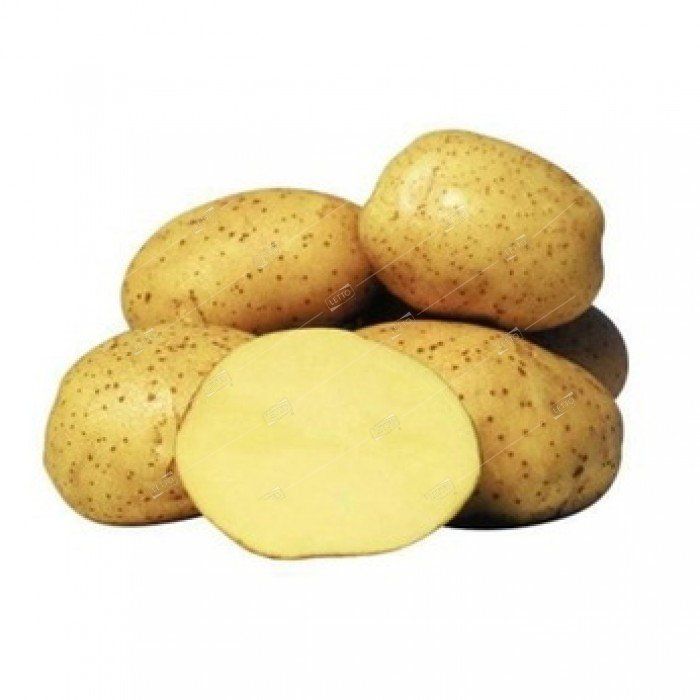

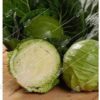
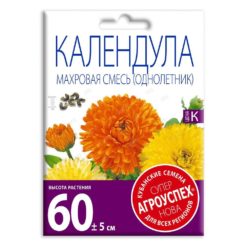

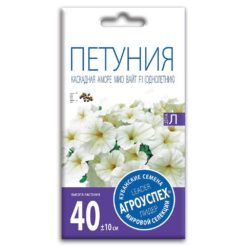
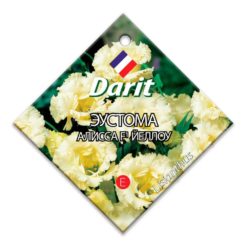
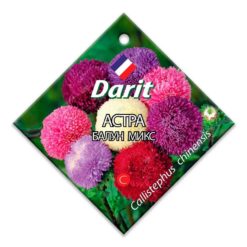
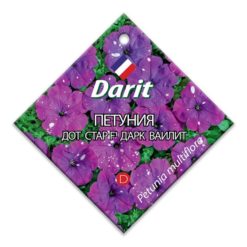
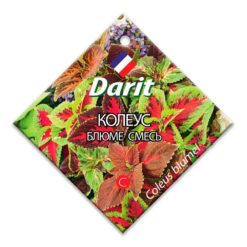
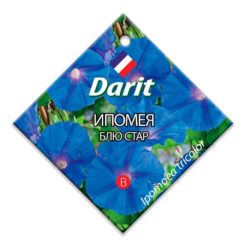
Reviews
There are no reviews yet.